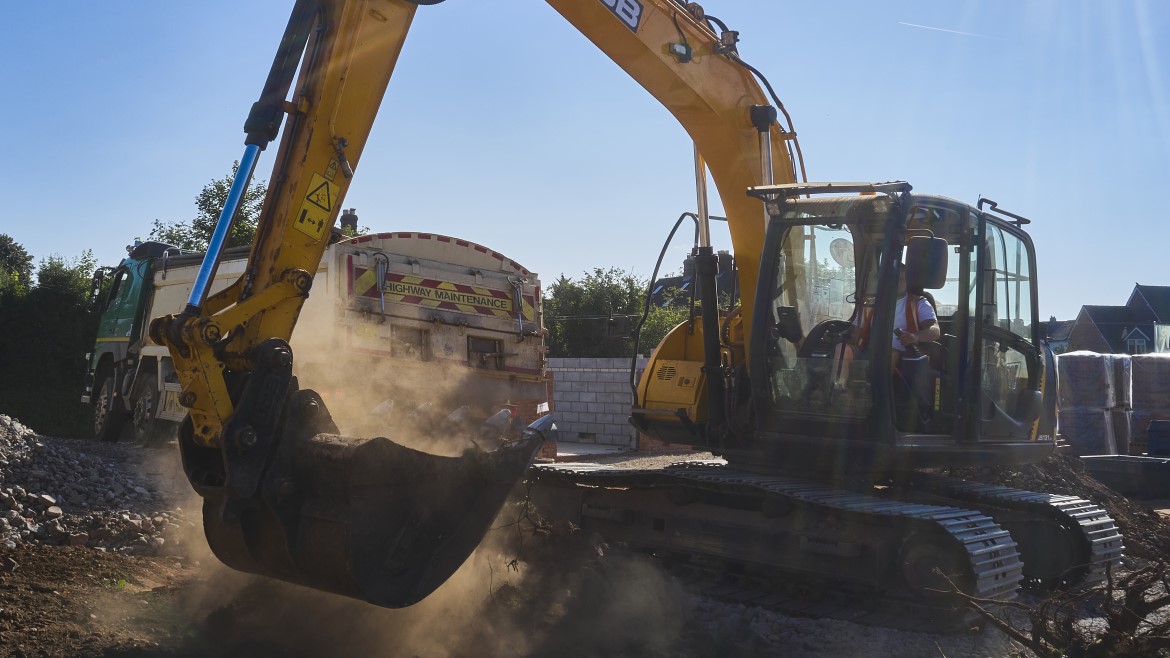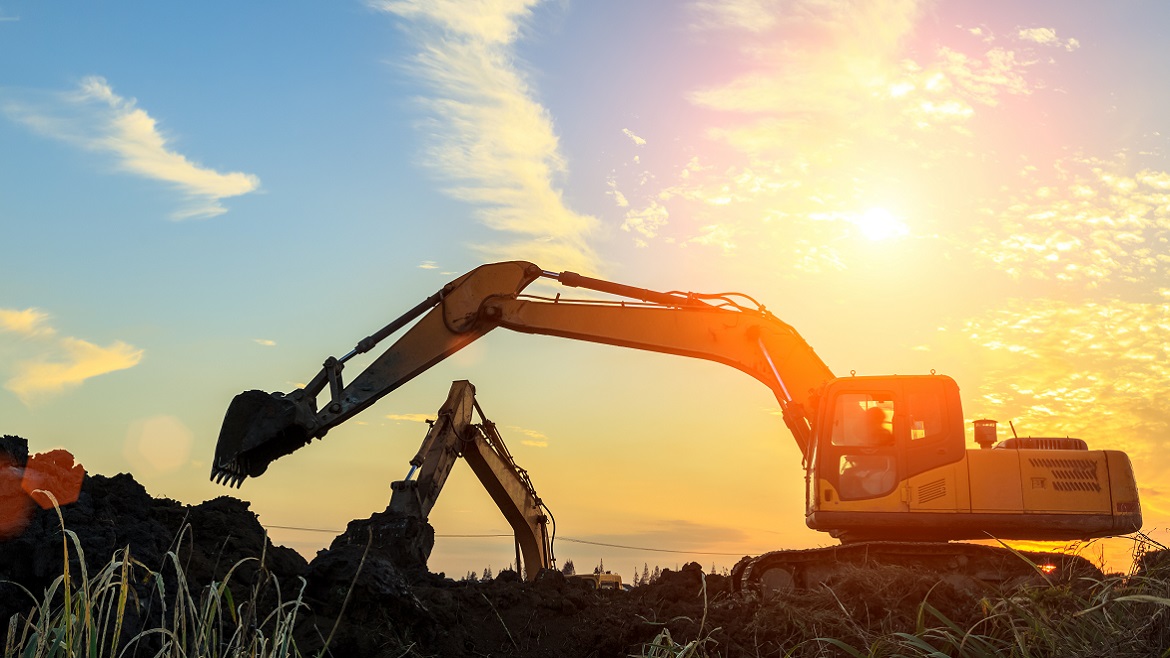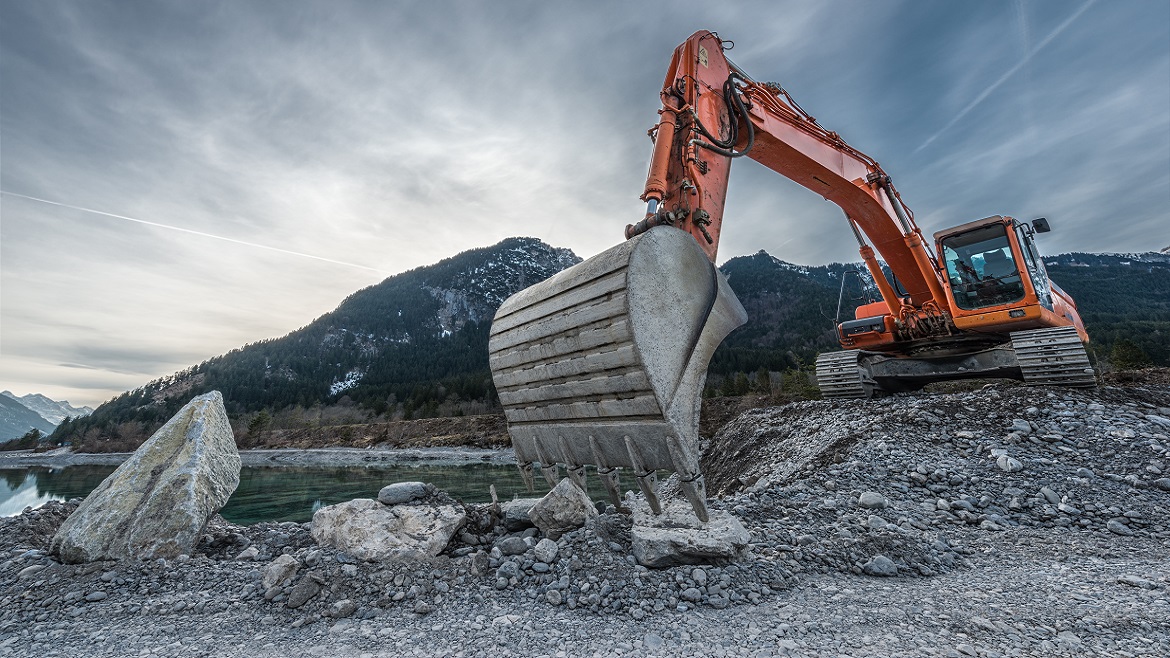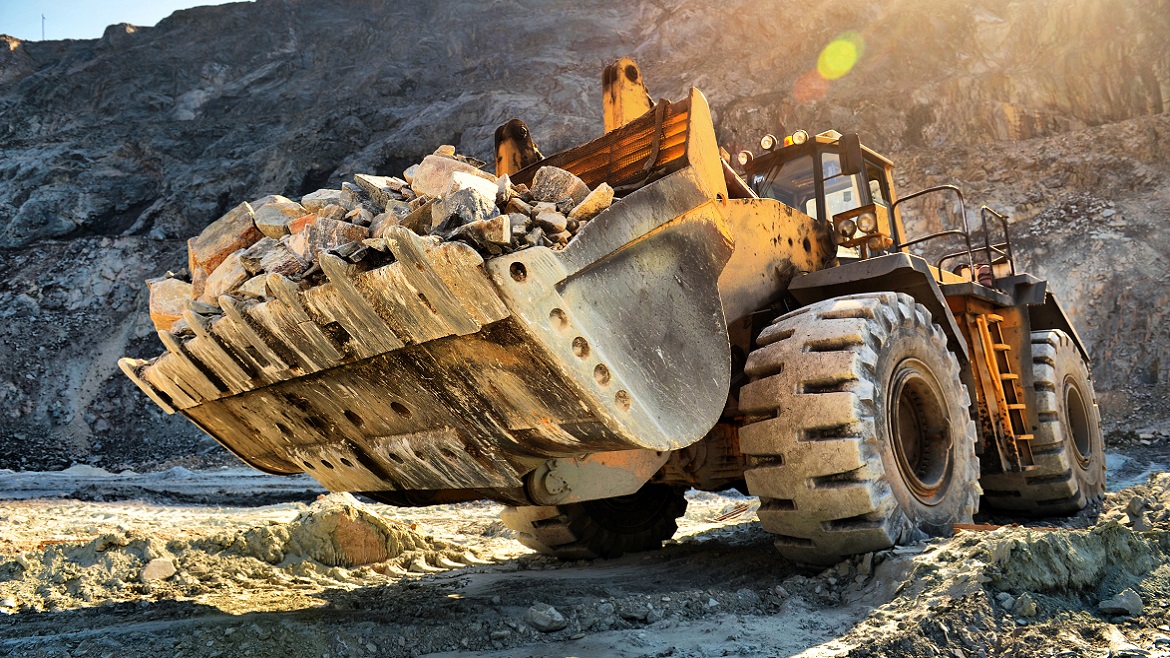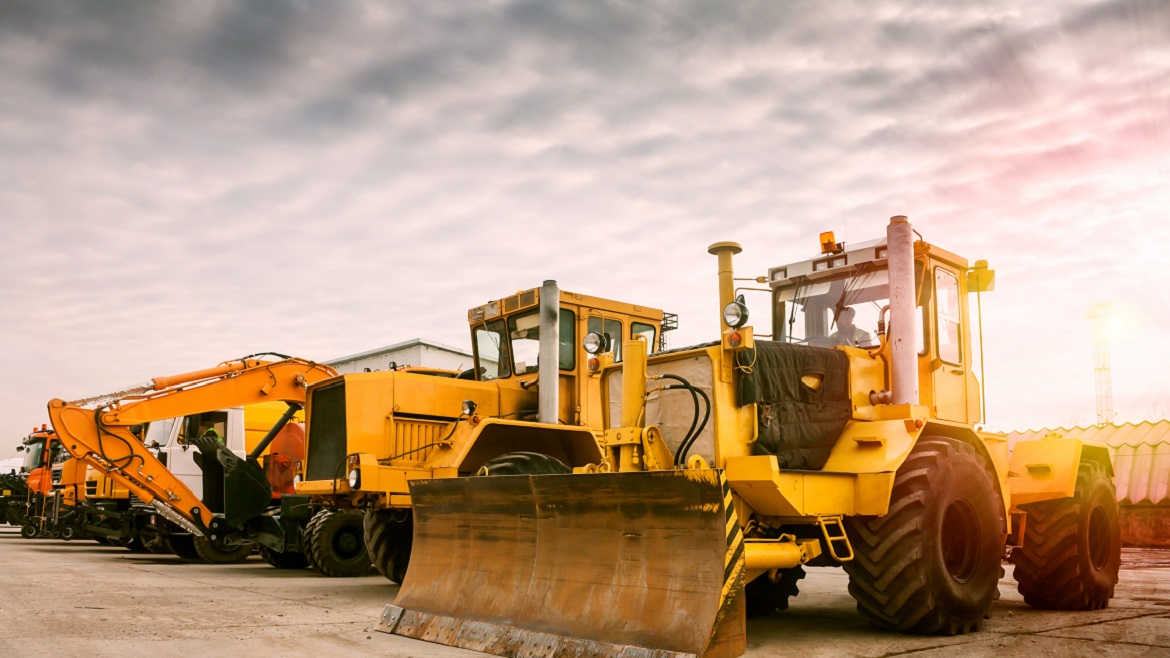May 18, 2023
Posted by Tim Cooper, Global Commercial Manager - Industrial Additives, Adrian Fitzpatrick, Commercial Manager, Viscosity Modifiers, Stephen Gotheridge, Technology Manager, Industrial Additives
Modern hydraulic equipment continues to advance as original equipment manufacturers (OEMs) seek to deliver greater efficiencies in their machines. As this happens, certain performance characteristics are becoming increasingly important in high-performance hydraulic fluids.
One such characteristic is filterability—the fluid’s ability to maintain high levels of cleanliness and pass through filtration devices within modern hydraulic systems.
Cleanliness of the hydraulic fluid is extremely important in modern hydraulic equipment. Be it stationary or mobile equipment, today’s hydraulic systems have very tight tolerances and fine clearances, and any type of particulate matter can interfere with the operation of critical components like pumps, valves and more. Contaminating debris can cause significant damage to hydraulic systems, including wearing, scoring and other damage. Some estimates say that approximately 60% of hydraulic fluid/system failures are due to contamination-related issues, and such failures can lead to considerable maintenance costs and lengthy downtime for end users.
Contamination will inevitably occur at some level. Hydraulic systems invariably operate in dirty, dusty or humid environments. As impurities are drawn into the fluid, it becomes important that fluids maintain the capacity to pass through filtration devices without issue. Let’s take a closer look at filterability, and why this characteristic is so critical in modern, high-performance hydraulic fluid formulations.
Types of Filterability
Filterability can be broken down into two distinct categories:
- New-oil filterability. Hydraulic fluids should be highly clean and pure, free of any contaminants, before they are placed into service. From this brand-new state, they should be able to pass through initial filtering devices as they are filled into a hydraulic circuit, without issue.
- In-service filterability. As they are used, hydraulic fluids should also be compatible with filtration devices that exist within the hydraulic system. This characteristic is especially important because hydraulic fluids that operate in severe, dirty or wet environments will inevitably become contaminated, either by water or some form of particulate. The fluid’s ability to pass through in-service filtration devices without issue is crucial. Additionally, when a new hydraulic fluid is introduced to the system, it's crucial that it is compatible with any remains of previous hydraulic fluids. Incompatible fluids can chemically react to create filter blocking chemical complexes.
Consequences of Poor Filterability
A few things can happen when a hydraulic fluid is not able to maintain good filterability characteristics throughout its service life.
First, a fluid with poor new-oil filterability can be stripped of critical additive components by the filter as it is pumped into the hydraulic system. Antifoam additives and demulsifying agents are particularly susceptible to being stripped out by the filter if the fluid formulation is less than optimal. This can lead to significant consequences.
For example, a hydraulic fluid that has been stripped of its demulsifier additives—which serve the purpose of keeping water from mixing with the fluid—will become more susceptible to hydrolytic instability. As a result, there will be a greater likelihood of sludge formation within the system, which can block the filter and interfere with its ability to perform its essential function. A blocked filter that restricts proper flow and pressure can also create unsafe backpressure conditions within the system. Meanwhile, if water is entrained within the hydraulic fluid, the system will become more susceptible to rust and corrosion formation, which may potentially lead to leaks or other forms of failure.
Poor in-service filterability can lead to other issues. Fluid should be able to pass through filtration devices while maintaining optimal flow rates. Suboptimal filterability performances here can lead to lower pressure, decreased efficiency, decreased speed, decreased precision and decreased accuracy in hydraulic systems. These conditions can compromise safety and operational efficiency for end users, especially in high-stakes applications where precision and accuracy are critical.
Formulating for Filterability
With all of this in mind, it’s important that formulators seek to optimize the filterability properties in their hydraulic fluids.
Testing for initial cleanliness and filterability in fluids is important. This can be accomplished via industry standard ISO 4406 for cleanliness, which specifies the purity code to be used in defining the quantity of contamination in the fluid used in a given hydraulic fluid power system. Additional testing can be performed to evaluate filterability characteristics. For example, a speed and volume displacement test evaluates the rate at which a fluid passes through a membrane filter. The faster the performance, the more likely the fluid will contribute to desired operation in the hydraulic system.
Fluid filterability can be improved through the incorporation of the right supply of additives that provide suitable cleanliness and help resist the formation of sludge and deposits that can interfere with in-service filtration. Filterability must play a role in modern hydraulic fluid formulation and developing the right additive solutions to meet the needs of today’s equipment—additives that are resistant to hydrolytic breakdown, thermal stability and oxidative stability, helping to enable outstanding cleanliness and filterability.
Our View
Clean, easily filterable fluids can help extend the longevity of the filter, the fluid itself and, ultimately, the life span of the hydraulic system, allowing end users to avoid costly maintenance and downtime. With the right additive chemistry, formulators can deliver high-performance fluids that end users can count on.
Interested in learning more? Contact your Lubrizol representative to learn more about how to enhance the filterability performance of your hydraulic fluids.



